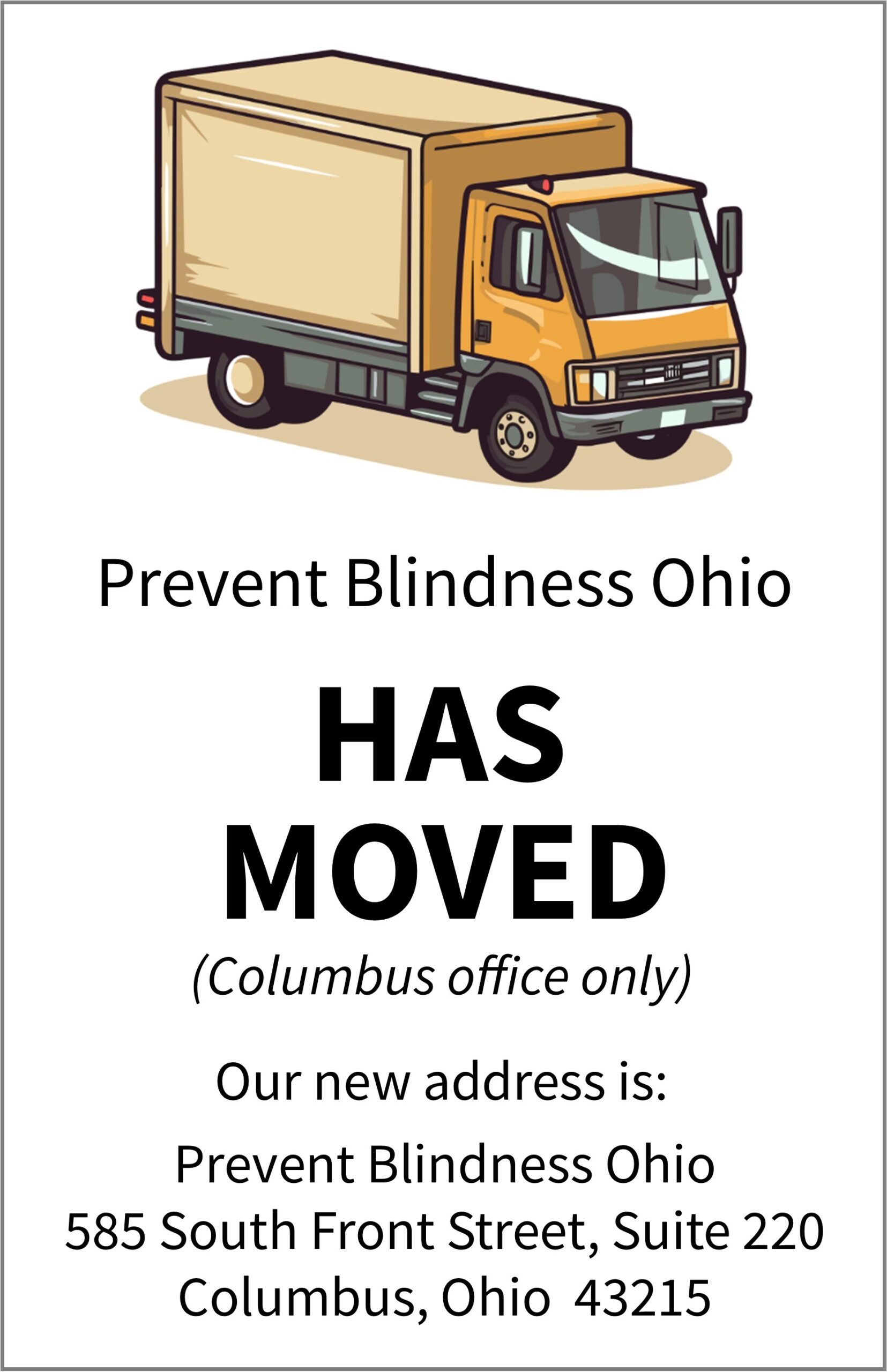FOR IMMEDIATE RELEASE
For more information:
Prevent Blindness, Ohio Affiliate
Dori Jennings
(614) 270-0746
[email protected]
Prevent Blindness Declares June as Cataract Awareness Month to Educate Public on
Leading Cause of Vision Loss in the United States
Columbus, OH (June 8, 2021) – Cataract is the leading cause of vision loss in the United States, according to the Centers for Disease Control and Prevention (CDC). And, cataract is the leading cause of blindness worldwide. Prevent Blindness has declared June as Cataract Awareness Month to educate the public on risk factors, symptoms, types of cataract, and cataract surgery.
A cataract is a clouding of the eye’s lens, which blocks or changes the passage of light into the eye. The lens of the eye is located behind the pupil and the colored iris, and is normally transparent. The lens helps to focus images onto the retina – which transmits the images to the brain.
In general, a cataract does not cause pain, redness or tears. The following are possible symptoms of cataract:
- Blurred vision, double vision, ghost images, or the sense of a “film” over the eyes.
- Lights seem too dim for reading or close-up work.
- The appearance of a halo around lights.
- Colors appear faded.
- Frequent changes in eyeglass prescriptions, and the change does not seem to improve vision.
- The appearance of a milky or yellowish spot in the pupil.
Cataracts usually form in both eyes, but not at the same rate. They can develop slowly or quickly, or progress to a certain point, then not get any worse. As a result, you may not notice large changes in your sight right away. Different types of cataract include:
- Age-related– 95 percent of cataracts are age-related, usually after age 40.
- Congenital– These are present at birth, usually caused by infection or inflammation during pregnancy; possibly inherited.
- Traumatic– Lens damage from a hard blow, cut, puncture, intense heat or chemical burn may cause cataracts.
- Secondary– Some medicines, eye disease, eye infection, or diseases such as diabetes cause these cataracts.
After a complete eye exam, an eye doctor may recommend cataract surgery. According to the American Academy of Ophthalmology (AAO), 2 million cataract surgeries are performed each year in the United States.
The EyeCare America program from the AAO currently offers “The Seniors Program,” connecting eligible seniors 65 and older with local volunteer ophthalmologists who provide a medical eye exam often at no out-of-pocket cost, and up to one year of follow-up care for any condition diagnosed during the initial exam for the physician services.
“In most cases, cataract can be treated successfully through access to quality eye care,” said Sherry Williams, CEO & President of the Ohio Affiliate of Prevent Blindness. “We encourage everyone to educate themselves on the disease and treatment options in order to see clearly and enjoy the gift of sight.”
For free information on cataract or cataract surgery, please visit http://preventblindness.org/cataract/, or call Prevent Blindness, Ohio Affiliate at (614)464-2020. For a listing of vision care financial assistance programs in English or Spanish, visit https://preventblindness.org/vision-care-financial-assistance-information/.
About Prevent Blindness, Ohio Affiliate
Founded in 1908, Prevent Blindness is the nation’s leading volunteer eye health and safety organization dedicated to fighting blindness and saving sight. The Ohio Affiliate of Prevent Blindness serves all 88 Ohio counties, providing direct services to 1,000,000 Ohioans annually and educating millions of consumers about what they can do to protect and preserve their precious gift of sight. For more information or to make a contribution, call 800-301-2020. Visit us on the web at pbohio.org, Facebook at facebook.com/pbohio/, or Twitter at twitter.com/PB_Ohio.
###


